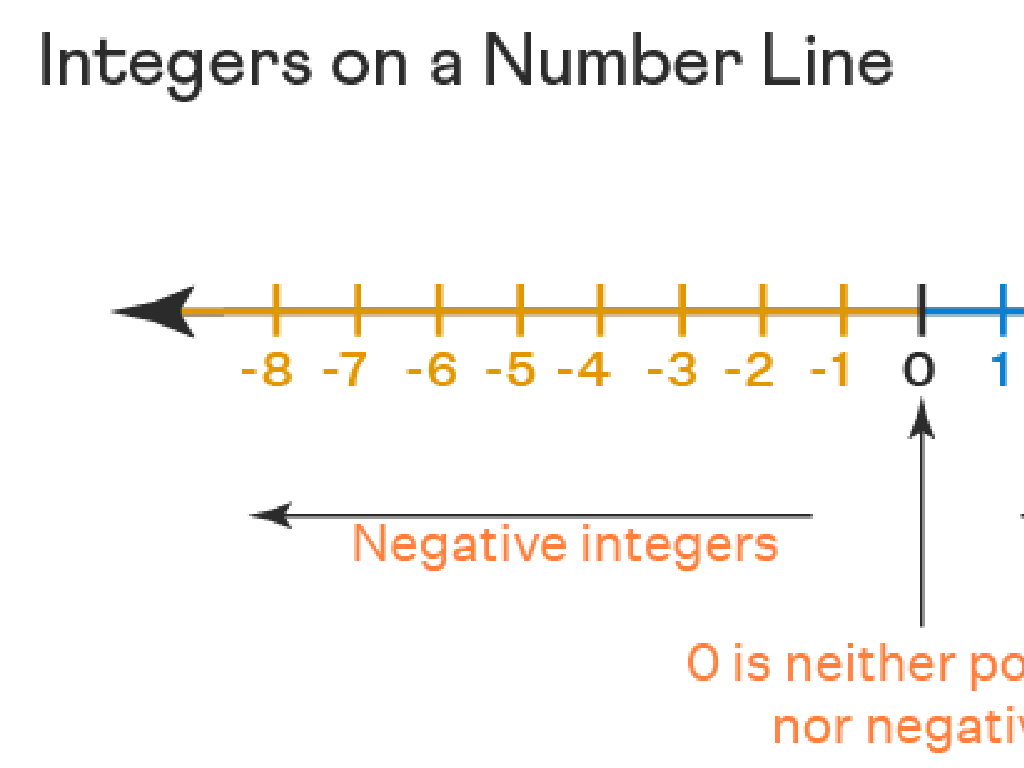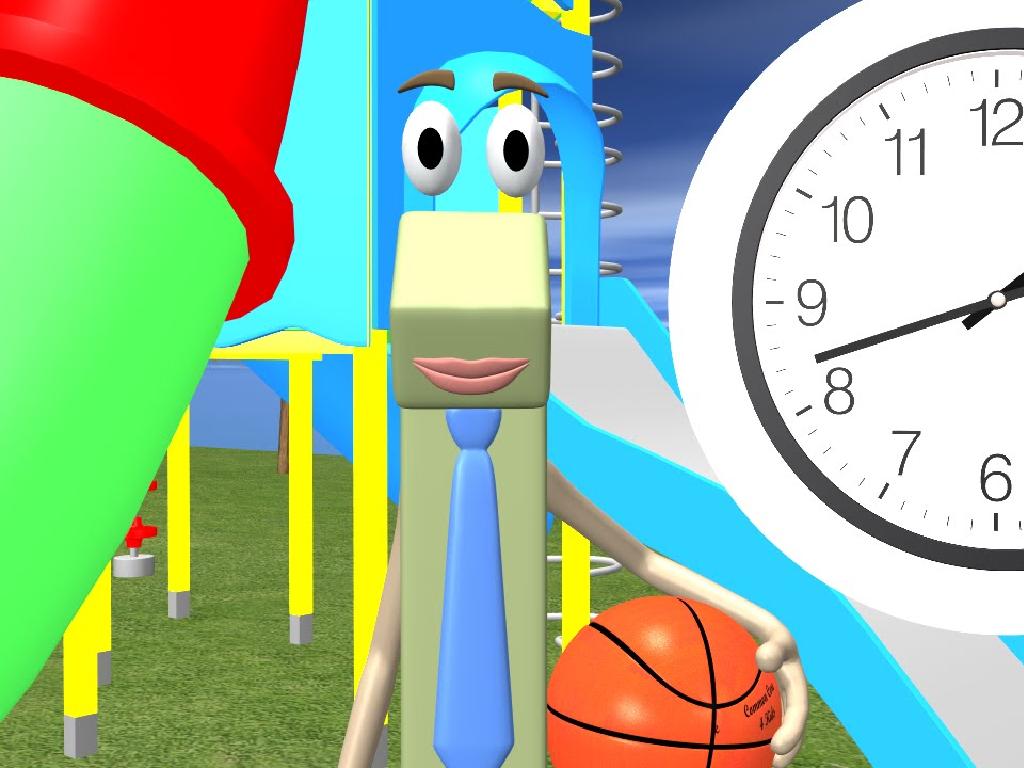Identify Relative Pronouns
Subject: Language arts
Grade: Fifth grade
Topic: Pronouns
Please LOG IN to download the presentation. Access is available to registered users only.
View More Content
Exploring Relative Pronouns
– What are relative pronouns?
– Words like who, whom, whose, which, that
– Functions of relative pronouns
– They connect clauses and provide more info about nouns
– Examples in sentences
– ‘The cyclist who won the race trained hard.’
– Practice identifying them
– Find and highlight relative pronouns in a paragraph.
|
This slide introduces the concept of relative pronouns to fifth graders, aiming to explain their role in sentence structure. Relative pronouns are words used to link clauses together and provide additional information about a noun without starting a new sentence. They are essential for creating complex, informative sentences that are still clear and concise. By providing examples and encouraging practice, students will learn to identify and use relative pronouns effectively. In the next class, students should be prepared to find relative pronouns in given sentences and explain their function, enhancing their understanding of grammar and sentence construction.
Exploring Pronouns
– Pronouns replace nouns
– Instead of ‘Sarah likes Sarah’s car’, use ‘She likes her car.’
– Examples: he, she, it, they
– ‘He’ for boys, ‘she’ for girls, ‘it’ for objects, ‘they’ for groups
– Avoid repetition in sentences
– Enhance sentence variety
– Using pronouns makes writing more interesting
|
This slide introduces the concept of pronouns to the students, explaining that pronouns are words used in place of nouns to avoid repetition and make sentences sound better. Provide clear examples of pronouns and their usage in sentences. Emphasize the importance of pronouns in making writing more concise and less monotonous. Encourage students to identify pronouns in their favorite books or in sentences you provide. This will help them understand how pronouns function in everyday language and improve their writing skills.
Exploring Pronouns: Focus on Relative Pronouns
– Overview of pronoun types
– Highlight on relative pronouns
– Who, whom, whose, which, that
– Usage of relative pronouns
– Connects clauses to nouns/pronouns
– Examples in sentences
– ‘The cake that she baked was delicious.’
|
This slide introduces the concept of pronouns, with a special focus on relative pronouns, which are used to connect clauses to nouns or pronouns, adding essential information to the sentence. Start by briefly explaining the different types of pronouns to give students context. Then, delve into relative pronouns, ensuring to highlight their forms and functions. Use examples to show how relative pronouns operate within sentences to provide clarity or add detail. Encourage students to come up with their own sentences using relative pronouns to solidify their understanding. The goal is for students to be able to identify and use relative pronouns correctly in their writing.
Exploring Relative Pronouns
– Relative pronouns connect clauses
– They link a phrase to a noun or pronoun, like ‘The cyclist who won the race trained hard.’
– Common relative pronouns: who, whom, whose, which, that
– ‘Who’ for people, ‘which’ for things, ‘whose’ for possession
– They introduce relative clauses
– A relative clause gives more information about a noun
– Examples in sentences
– ‘The cake, which was chocolate, tasted delicious.’
|
This slide introduces the concept of relative pronouns to the students, explaining their function in connecting clauses and providing a list of the most common ones. It’s crucial to provide examples to illustrate how these pronouns are used in sentences, making the concept more tangible for the students. Discuss each pronoun and its specific use, such as ‘who’ for people or ‘which’ for things. Use relatable and clear examples to show how relative clauses add information to a sentence. Encourage students to create their own sentences using relative pronouns to solidify their understanding.
Exploring Relative Pronouns
– ‘Who’ refers to people
– Example: The musician who wrote this song is famous.
– ‘That’ refers to things
– Example: The car that I bought broke down.
– ‘Whose’ shows possession
– Example: A person whose phone is ringing should answer it.
– Practice identifying them
|
This slide introduces students to relative pronouns, which are used to connect clauses to nouns or pronouns in a sentence. ‘Who’ is used for people, ‘that’ for things or people, and ‘whose’ to show possession. Provide examples for each relative pronoun and explain how they relate to the nouns in the sentences. Encourage students to create their own sentences using relative pronouns to ensure they grasp the concept. In the next class, have students identify relative pronouns in sentences from a book or story to apply what they’ve learned.
Your Turn: Spot the Relative Pronouns
– Read sentences carefully
– Find the relative pronouns
– Words like ‘who’, ‘whom’, ‘whose’, ‘which’, ‘that’
– Discuss with a classmate
– Explain why you chose those words
– Share your findings with the class
|
This slide is designed to engage students in an interactive activity to identify relative pronouns in context. Students should read the provided sentences and look for words that connect clauses and relate to a noun mentioned previously, such as ‘who’, ‘whom’, ‘whose’, ‘which’, and ‘that’. After identifying these words, they should discuss with a partner to explain their reasoning, reinforcing their understanding through collaboration. Finally, they will share their answers with the class, allowing for a group discussion and further clarification. This activity will help solidify their knowledge of relative pronouns and how they function within sentences.
Class Activity: Crafting Sentences with Relative Pronouns
– Create sentences using relative pronouns
– Show how it connects to a noun or pronoun
– Relative pronouns link clauses to nouns/pronouns, e.g., ‘The cake, which is chocolate, looks delicious.’
– Be ready to share with the class
– Have fun and be creative!
|
This activity is designed to help students practice using relative pronouns in context. Relative pronouns include words like ‘who,’ ‘whom,’ ‘whose,’ ‘which,’ and ‘that.’ They serve to connect clauses to nouns or pronouns, providing more information about them. Encourage students to be creative and come up with sentences that clearly show the relationship between the relative pronoun and the noun it is connected to. After they have written their sentences, select a few students to share their examples with the class. This will help reinforce their understanding and provide an opportunity for peer learning. Possible activities could include creating a short story using relative pronouns, writing a description of their favorite place using relative pronouns, or even crafting a poem that includes relative pronouns.
Wrapping Up: Relative Pronouns
– Excellent work on relative pronouns!
– Homework: Find a paragraph in a book
– Choose any book you enjoy reading
– Underline all the relative pronouns
– Look for words like ‘who’, ‘whom’, ‘whose’, ‘which’, ‘that’
– Be ready to discuss their role
– Think about how they link parts of sentences together
|
Students have done a great job learning about relative pronouns. For homework, they should find a paragraph in any book they like and underline all the relative pronouns they can find. This will help reinforce their understanding of how relative pronouns function to connect clauses and provide more information about the subject. Encourage them to be prepared to discuss examples from their chosen paragraph in the next class, focusing on how the relative pronouns they’ve identified tie the sentences together and contribute to the overall meaning of the text.





